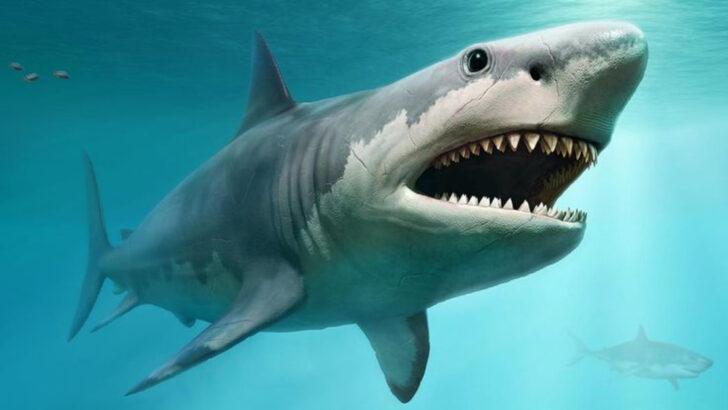The Megalodon wasn’t just a shark—it was a nightmare with teeth. This prehistoric beast made today’s great white look like a goldfish, dominating the oceans for millions of years with a bite force strong enough to crush a car.
Imagine swimming in ancient waters, only to see a shadow the size of a school bus gliding beneath you. The Megalodon was nature’s perfect predator, and if it were still around, no ocean would be safe.
But what made this creature so terrifying? From its bone-crushing jaws to the eerie mystery of its extinction, the Megalodon’s legacy is both awe-inspiring and chilling. Let’s dive into the deep and uncover 17 unsettling truths about the ocean’s most fearsome giant.
Megalodon’s Massive Size
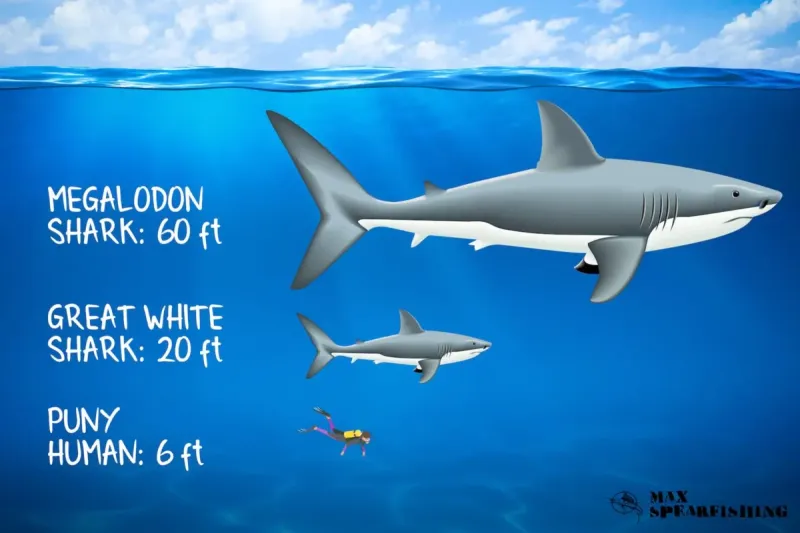
The Megalodon was an enormous predator, stretching up to 60 feet in length, comparable to a school bus. This colossal size allowed it to dominate the seas, preying on whales and other large marine animals. Its powerful jaws could crush bones and rip through flesh with ease.
The sheer scale of the Megalodon made it one of the most formidable predators in history. Its size was not just for show; it played a crucial role in its hunting strategy, enabling it to ambush prey with overwhelming force.
Incredible Jaw Strength
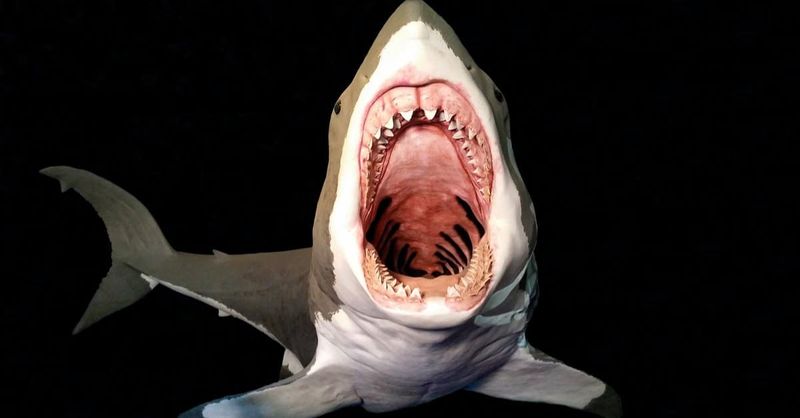
The Megalodon’s bite was incredibly powerful, estimated to be up to 18 tons of force. This jaw strength allowed it to crush the bones of whales with ease, making it an apex predator of its time.
Its teeth were serrated and could reach over 7 inches in length, perfect for tearing through flesh. The combination of jaw strength and razor-sharp teeth made the Megalodon a fearsome hunter, capable of taking down the largest of prey in the ocean.
Teeth the Size of a Hand
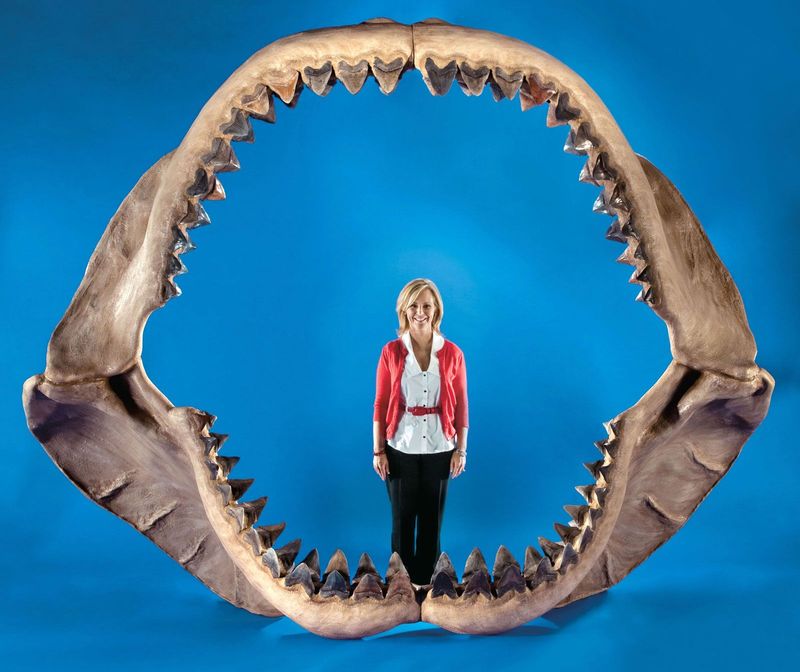
Megalodon teeth are among the largest ever found, with some measuring over 7 inches long. These teeth were serrated like a saw, perfect for slicing through meat and bone.
Fossilized teeth are often the only remnants of this giant predator, as their skeletons were made of cartilage. The size and shape of these teeth provide insight into the Megalodon’s diet and hunting techniques, revealing its role as a dominant force in prehistoric oceans.
A Global Predator
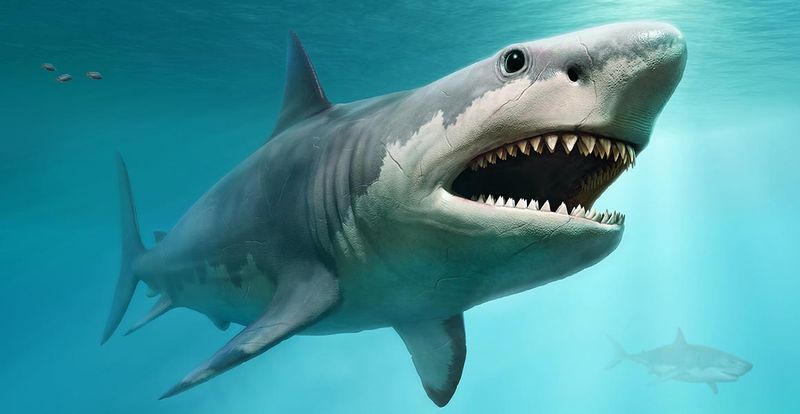
The Megalodon was a global predator, with fossils found on every continent except Antarctica. This widespread presence indicates its adaptability to various marine environments.
Its ability to thrive in different waters allowed it to hunt a diverse range of prey, from whales to dolphins. The discovery of fossils worldwide highlights the Megalodon’s dominance in prehistoric oceans, showcasing its role as a top predator in multiple ecosystems.
Surviving in Warm Oceans
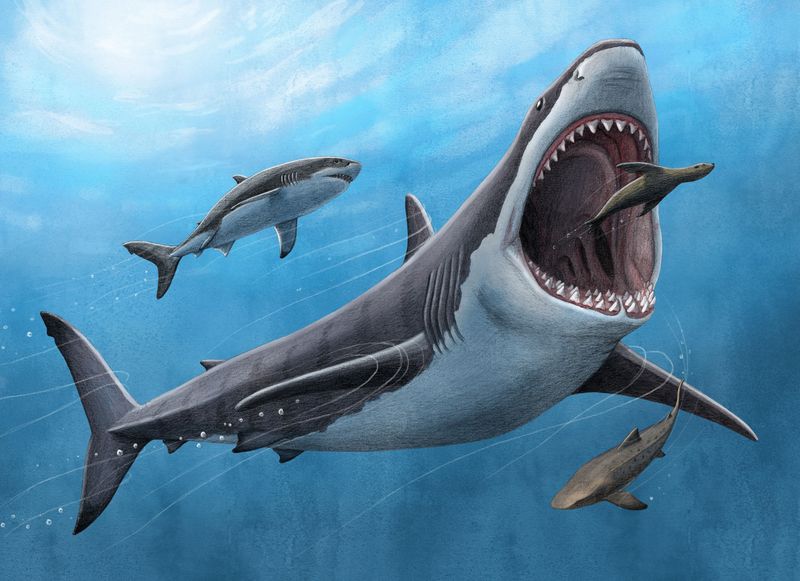
The Megalodon thrived in warm, tropical oceans, where it could hunt in rich, biodiverse waters. Its preference for warm climates is evident from the locations where fossils have been discovered.
By inhabiting these regions, the Megalodon could exploit various food sources, allowing it to grow to its massive size. Warm waters provided an ideal habitat for this giant predator, enhancing its hunting efficiency and contributing to its success as an apex predator.
The Mystery of Extinction
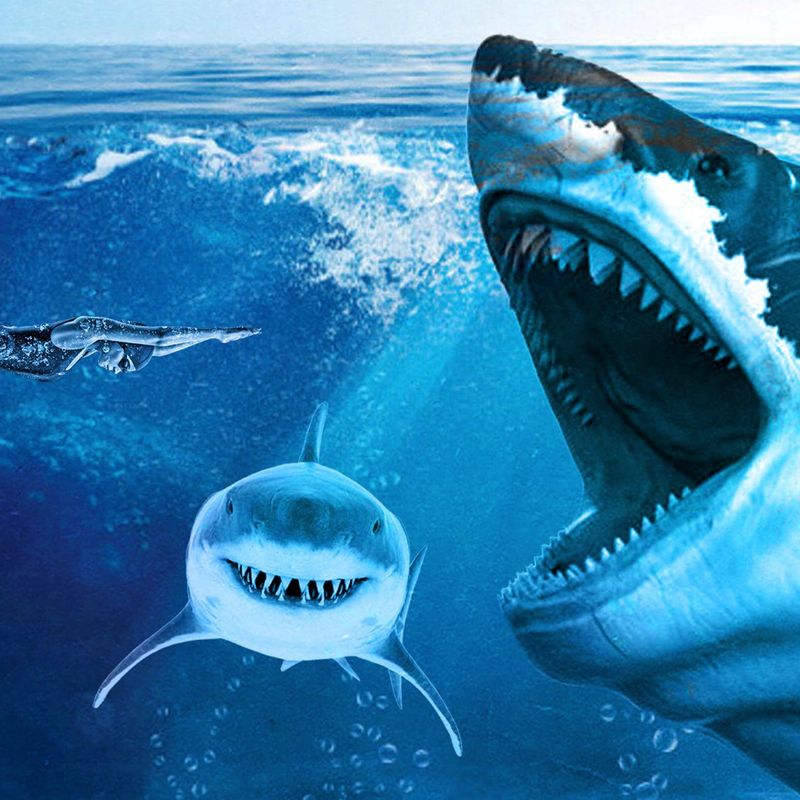
The extinction of the Megalodon remains a mystery, with several theories proposed. Climate change, declining prey populations, and competition from other predators are among the possible causes.
As ocean temperatures cooled, the Megalodon’s warm-water habitats shrank, challenging its survival. Understanding the factors leading to its extinction helps us learn about environmental changes and species adaptation. Despite its disappearance, the Megalodon’s legacy lives on in its fossilized teeth and the fear it still inspires.
Diet of Giants
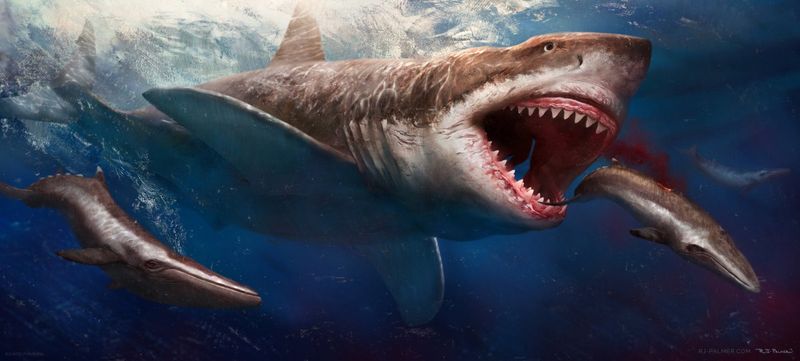
The Megalodon had a diet befitting its size, preying primarily on large marine animals like whales, dolphins, and giant turtles. Its powerful jaws and massive teeth made it capable of taking down these giants with relative ease.
This preference for large prey allowed the Megalodon to consume significant amounts of food, fueling its enormous body. The ability to hunt such prey highlights its position at the top of the food chain, ruling the oceans as an undisputed apex predator.
Fossil Discoveries and Insights

Fossilized Megalodon teeth are invaluable to understanding this ancient predator. These fossils have been discovered worldwide, providing clues about its size, diet, and distribution.
Unlike other shark species, Megalodon teeth are often found in large numbers, indicating their frequent shedding and replacement. The study of these fossils has revealed much about the Megalodon’s lifestyle, helping paleontologists piece together the life of this giant shark.
Shrouded in Mystery

Despite extensive research, the Megalodon remains shrouded in mystery. Much of what we know comes from fossilized teeth, as their cartilaginous skeletons leave little trace.
This lack of complete fossils means many aspects of the Megalodon’s life and behavior are still unknown. The mystery surrounding this giant shark continues to intrigue scientists and enthusiasts alike, sparking debates and discussions about its existence and eventual extinction.
Evolutionary Giants

The Megalodon is believed to be related to modern great white sharks, though its size dwarfed its relatives. Evolutionary adaptations allowed it to become one of the largest and most powerful predators in history.
Its lineage showcases the evolutionary path from smaller ancestors to the colossal giant it became. Understanding this evolution provides insight into the adaptability and success of shark species, highlighting the Megalodon as one of nature’s most fascinating creations.
Cultural Impact and Legends
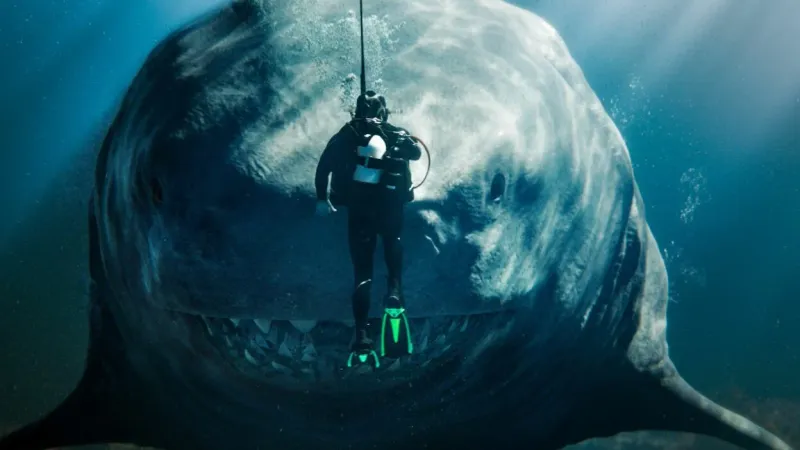
The Megalodon’s massive size and fearsome appearance have made it a subject of legends and myths throughout history. Ancient sailors often depicted it as a monstrous sea creature capable of sinking ships.
Its influence extends to modern times, inspiring films, books, and documentaries. The cultural impact of the Megalodon is a testament to its enduring legacy, capturing the imagination of people across generations and solidifying its place in folklore and popular culture.
Apex Predator of Its Time
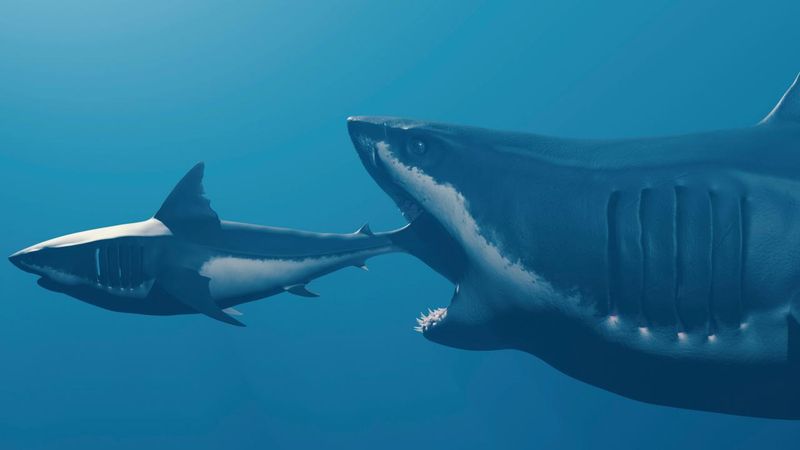
As an apex predator, the Megalodon ruled the oceans with little competition. Its size, strength, and hunting prowess allowed it to dominate marine life, ensuring its place at the top of the food chain.
This dominance enabled it to thrive in a variety of oceanic environments, preying on diverse species. Its role as an apex predator is crucial to understanding the ecosystem dynamics of its time, showcasing the delicate balance between predator and prey.
Ancient Ocean Ecosystems
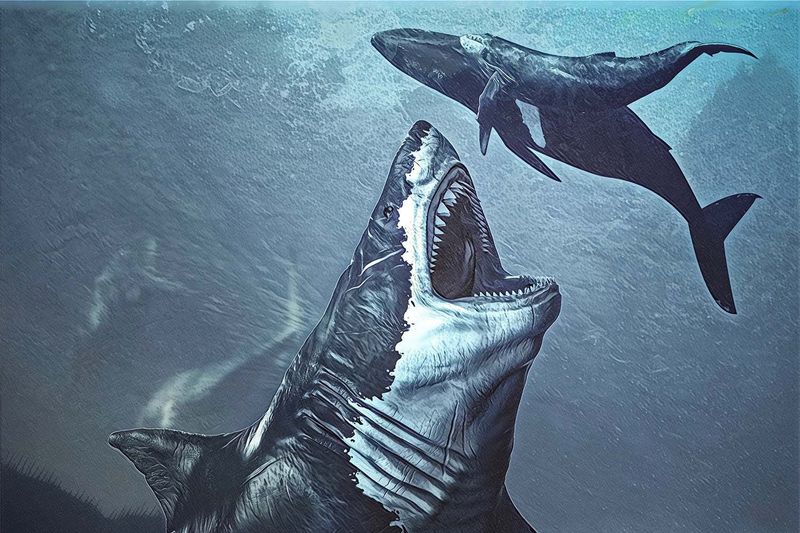
The Megalodon played a vital role in shaping ancient ocean ecosystems. As a top predator, it regulated prey populations, maintaining a balance within the marine environment.
This balance was essential for the health and diversity of the ocean, highlighting the interconnectedness of species. The Megalodon’s impact on ancient ecosystems provides insight into the complex web of life and the importance of predators in maintaining ecological harmony.
The Debate of Survival
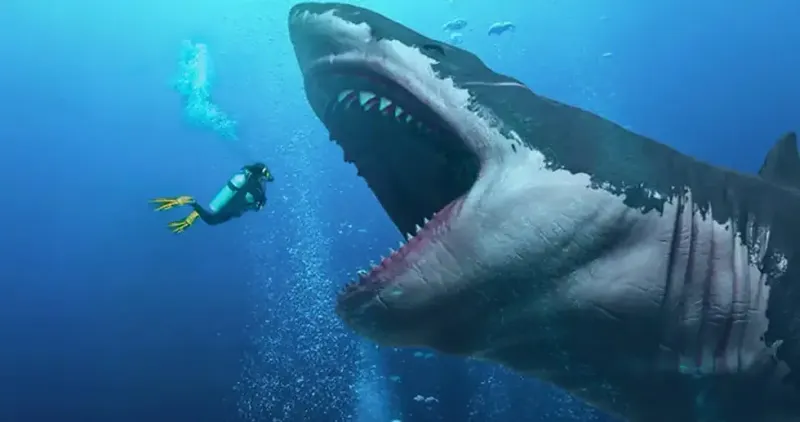
Despite being extinct, debates persist about the Megalodon’s survival. Some enthusiasts speculate it may still lurk in unexplored ocean depths, though scientific evidence is lacking.
These debates are fueled by sightings of large unidentified creatures and the vastness of the ocean. While the consensus is that the Megalodon is extinct, the fascination with its possible survival continues to captivate imaginations and drive interest in deep-sea exploration.
Prehistoric Giants Compared
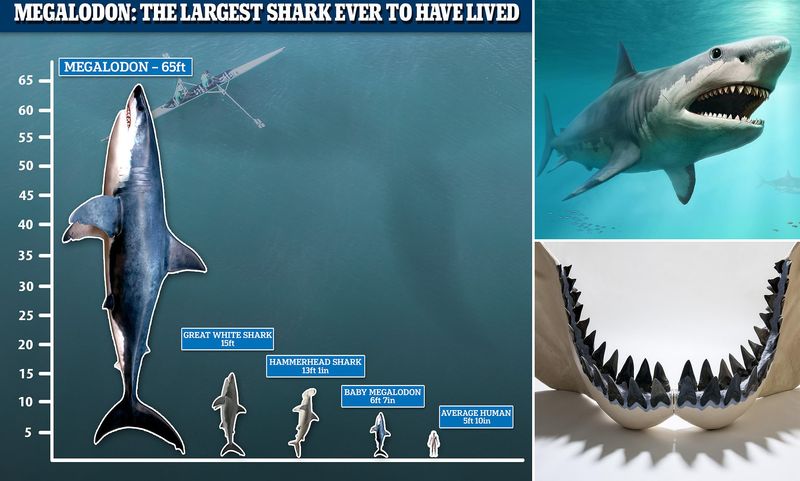
The Megalodon’s size far surpassed most marine creatures, including the modern-day great white shark and even rivaling the blue whale in length. This comparison highlights its massive proportions and dominance in prehistoric oceans.
Its size is a testament to the evolutionary path it took, enabling it to become one of the largest predators in history. Understanding these comparisons helps us appreciate the scale and impact of the Megalodon within its environment.
The Science of Shark Teeth
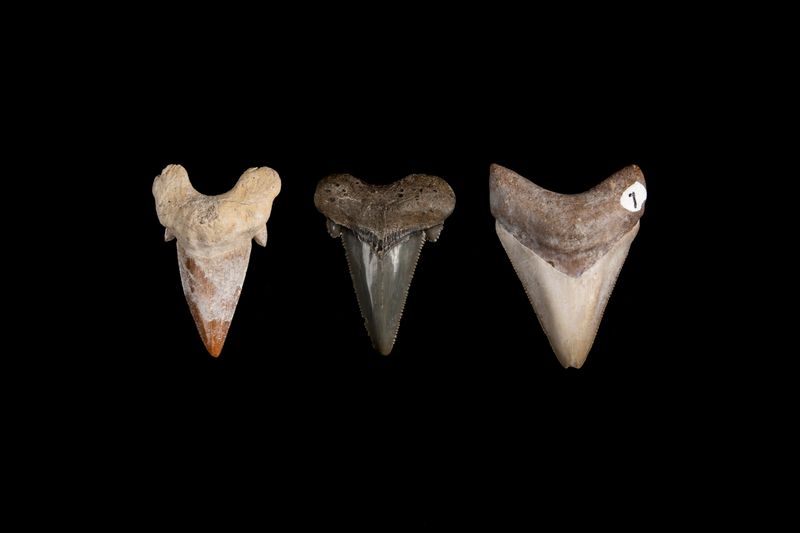
Megalodon teeth are marvels of nature, with serrated edges designed for slicing through tough flesh and bone. These teeth were continually shed and replaced throughout the shark’s life.
The study of these teeth provides valuable insights into the Megalodon’s feeding habits and lifestyle. Paleontologists analyze the wear patterns and fossil locations to reconstruct the behavior and environment of this ancient predator, revealing the intricacies of its existence.
Modern Research and Discoveries

Modern research has advanced our understanding of the Megalodon, utilizing technology to analyze fossilized remains. CT scans and 3D modeling have provided new insights into its anatomy and lifestyle.
These discoveries have challenged previous assumptions, offering a more comprehensive view of this giant predator. Ongoing research continues to unveil the mysteries of the Megalodon, highlighting the importance of technology in paleontological studies and the quest to understand Earth’s ancient past.

